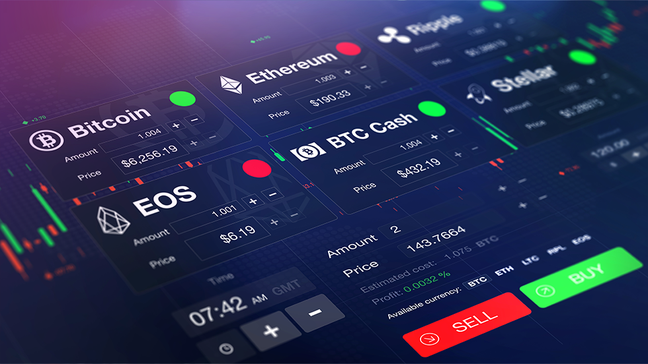The Dynamics of Crypto Trading Volume
The cryptocurrency market is known for its volatility, rapid changes, and a unique trading environment. One of the critical components that underline the activity in this market is crypto trading volume. Crypto Trading Volume click here to explore more about the driving forces behind trading volumes.
Understanding Crypto Trading Volume
Crypto trading volume refers to the total amount of a cryptocurrency that has been traded within a specified period, often measured in the last 24 hours. It helps traders and investors gauge the market activity and interest in a specific cryptocurrency. A higher trading volume typically indicates strong demand and liquidity, making it easier to enter or exit positions without significantly affecting prices.
Importance of Trading Volume in Cryptocurrency
1. **Market Sentiment**: Trading volume is a valuable indicator of market sentiment. When the volume increases, it often signifies that new participants are entering the market, which can be a bullish signal. Conversely, declining volume might indicate a lack of interest or the potential for a price drop.
2. **Liquidity**: High trading volume signifies greater liquidity in the market, allowing traders to buy and sell cryptocurrencies with minimal price impact. This is crucial for both retail and institutional investors who may want to execute large orders without pushing the price against them.
3. **Volatility Analysis**: An increase in trading volume often coincides with heightened volatility. While this can present opportunities for profit, it also carries higher risks. Traders need to be aware of these fluctuations and should adjust their strategies accordingly.
How to Measure Trading Volume
Trading volume can be measured in several ways, including:
- Absolute Volume: The total number of coins traded within a specific time frame.
- Volume Percentage: The proportion of the total supply of the cryptocurrency that has been traded.
- Volume Weighted Average Price (VWAP): A trading benchmark that gives an average price a stock has traded at throughout the day, based on both volume and price.
Analyzing Trading Volume Patterns
Traders often use various technical indicators to analyze trading volume and predict future price movements. Some popular methods include:
1. Volume Indicators
Indicators like the Average Volume, On-Balance Volume (OBV), and Chaikin Money Flow (CMF) provide insights into the strength of price trends. For instance, if the price of a cryptocurrency is rising while the volume is increasing, it indicates a strong bullish trend. Conversely, if the price rises but volume falls, it may indicate a weakening trend.
2. Volume Spikes
Significant spikes in trading volume can often precede major price movements. For instance, a sudden increase in trading volume might indicate a news event or announcement that is likely to affect the price of the asset. Traders should pay close attention to news releases, regulatory announcements, or technological advancements that can trigger this behavior.
Factors Influencing Crypto Trading Volume
Several factors can impact trading volume, including:
- Market News: News events such as regulatory changes, technological innovations, or major partnerships can significantly influence trading volume.
- Market Manipulation: The crypto space is often subject to manipulation, leading to anomalous spikes in volume reflecting coordinated buying or selling.
- Exchange Announcements: The listing or delisting of a cryptocurrency on major exchanges can result in substantial shifts in trading volume, as traders react to such developments.
Conclusion
In summary, crypto trading volume is a crucial metric for understanding the dynamics of the cryptocurrency market. It provides insights into market sentiment, liquidity, and volatility, which are essential for formulating sound trading strategies. By monitoring trading volumes, traders can make more informed decisions and better navigate the complexities of the crypto trading landscape. As the crypto market continues to evolve, keeping an eye on trading volumes will remain a key component of successful trading practices.



